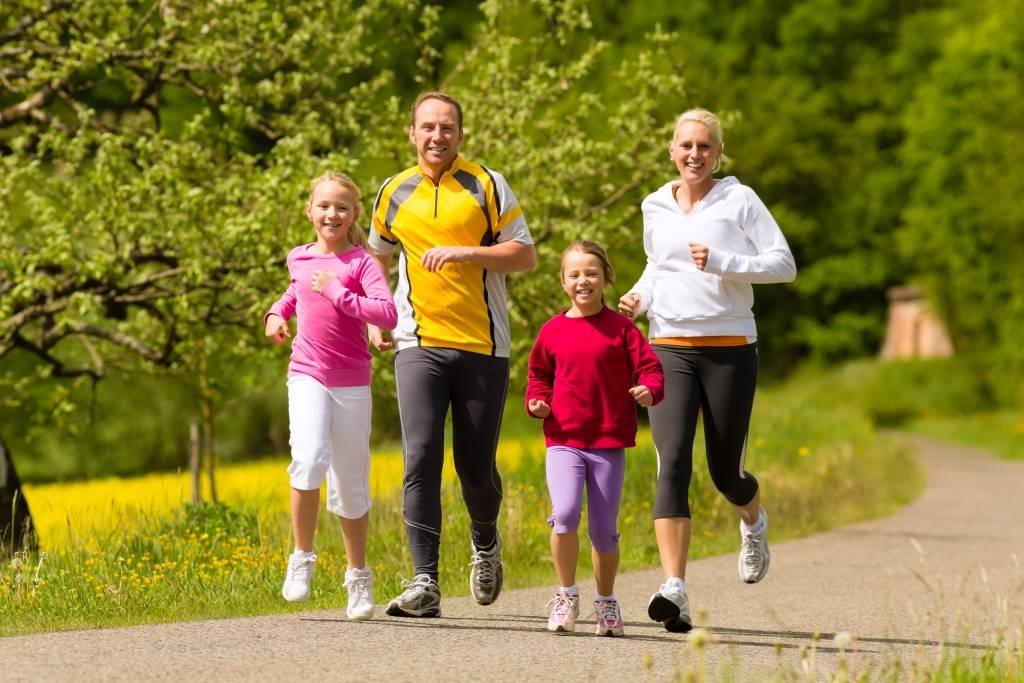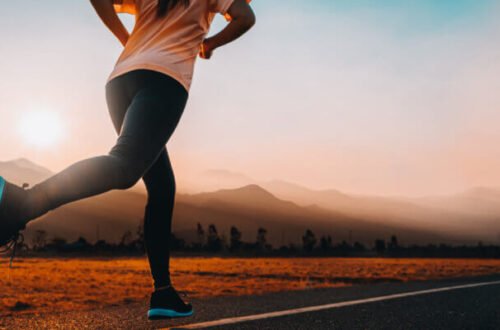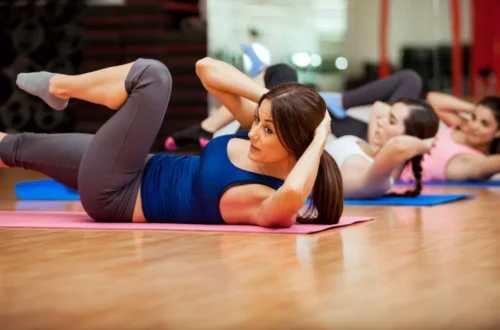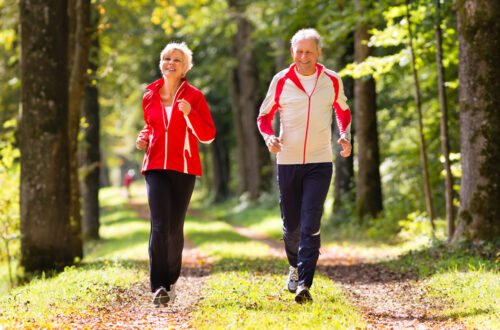Living an active lifestyle isn’t just about hitting the gym or running marathons—it’s about weaving movement, energy, and purpose into your everyday life. A few years ago, I was stuck in a rut, spending hours on the couch, feeling sluggish and uninspired. Then, a friend invited me on a simple evening walk, and it was a game-changer. That small step sparked a journey toward a more vibrant, active me. If you’re looking to shake things up and feel more alive, here are seven practical, engaging ways to embrace an active lifestyle, backed by research and real-life experience.
What Does an Active Lifestyle Really Mean?
An active lifestyle means incorporating regular physical activity into your daily routine in a way that feels natural and sustainable. It’s not about extreme workouts or drastic changes but finding balance through movement that suits your life. From walking to dancing, it’s about staying energized and healthy.
Why Is It Important?
Physical activity boosts your mood, improves heart health, and enhances mental clarity, according to the CDC. It reduces the risk of chronic diseases like diabetes and obesity. Plus, it just feels good to move!
How Much Activity Do You Need?
The World Health Organization recommends at least 150 minutes of moderate aerobic activity per week for adults. That’s about 20 minutes a day—totally doable! Even small bursts of movement can add up to big health benefits.
Way 1: Start with Small, Fun Movements
You don’t need to overhaul your life to be active—just start small. I began with 10-minute dance breaks in my living room, grooving to my favorite playlist. Those moments of joy got me hooked on moving more.
Try Micro-Workouts
Micro-workouts are short bursts of activity, like a 5-minute yoga flow or jumping jacks during a TV commercial. They’re easy to fit into a busy schedule. Research shows even 10 minutes of exercise can improve your mood and energy.
Where to Find Quick Routines
Apps like Nike Training Club or YouTube channels like Yoga With Adriene offer free, short workouts. Pick something fun, like a Zumba session, and make it a daily habit. You’ll be surprised how quickly it adds up!
Way 2: Make Walking Your Superpower
Walking is the unsung hero of an active lifestyle. I started walking to the grocery store instead of driving, and it became my daily dose of fresh air and exercise. It’s low-cost, low-effort, and incredibly effective.
Benefits of Walking
Walking improves cardiovascular health, strengthens bones, and reduces stress, per Harvard Health. It’s also a great way to clear your mind. Who doesn’t love a good stroll with a podcast?
How to Walk More
Take the stairs, park farther from the store, or join a local walking group. Aim for 7,000–10,000 steps daily—use a fitness tracker to keep tabs. Apps like MapMyWalk can help you find scenic routes nearby.
Way 3: Find an Activity You Love
If you dread exercise, you won’t stick with it. I tried running and hated it, but then I discovered cycling. Now, I look forward to my weekend rides through the park. The key is finding something that sparks joy.
Popular Activities to Try
Here are some fun options to explore:
- Swimming: Low-impact and great for all fitness levels.
- Dancing: Think salsa, hip-hop, or even TikTok dance challenges.
- Hiking: Connect with nature while getting a workout.
- Martial Arts: Build strength and confidence with karate or taekwondo.
Where to Start
Check out local community centers or platforms like Meetup for group activities. Try a few classes to see what clicks. Many gyms offer free trial sessions to test the waters.
Way 4: Build Activity into Your Routine
The easiest way to stay active is to make it part of your day. I started biking to work instead of taking the bus, and it’s now my favorite part of the morning. Small tweaks can turn your routine into a fitness machine.
Everyday Activity Ideas
- Commute Actively: Walk or bike to work if possible.
- Desk Exercises: Do seated stretches or stand every hour.
- Household Chores: Vacuuming or gardening counts as exercise!
- Play with Kids or Pets: Chase them around for a fun workout.
Tools to Stay Consistent
Use habit-tracking apps like Habitica or a simple calendar to mark your active days. Set reminders to stand up or stretch. Consistency is key, and these tools make it easier.
Way 5: Join a Community or Group
There’s something magical about moving with others. I joined a local hiking group, and the camaraderie kept me motivated even on rainy days. A community makes exercise feel less like a chore and more like a social event.
Benefits of Group Activities
Group activities boost accountability and make workouts fun. Studies show social support increases adherence to exercise routines. Plus, you might make new friends along the way!
Where to Find Groups
Look for local running clubs, yoga studios, or fitness classes on ClassPass. Online communities on platforms like Reddit’s r/fitness can also offer tips and encouragement.
Way 6: Use Technology to Stay Motivated
Fitness tech can be a game-changer. My smartwatch nudges me to move when I’ve been sitting too long, and it’s like having a tiny cheerleader on my wrist. Technology makes tracking progress fun and rewarding.
Best Tools for an Active Lifestyle
Here’s a comparison of popular fitness tools:
| Tool | Features | Price | Best For |
|---|---|---|---|
| Fitbit Charge 6 | Tracks steps, heart rate, sleep | ~$150 | Everyday tracking |
| Apple Watch | Advanced metrics, app integration | ~$400 | Tech-savvy users |
| Strava App | Tracks runs, cycling, social features | Free (Premium $8/mo) | Runners & cyclists |
Pros and Cons of Fitness Trackers
Pros:
- Motivates you with real-time data.
- Helps set and track goals.
- Integrates with apps for personalized plans.
Cons:
- Can be expensive.
- Data overload can feel overwhelming.
- Battery life varies across devices.
Way 7: Prioritize Recovery and Balance
An active lifestyle isn’t just about moving—it’s about recovering too. I learned this the hard way after overdoing it and feeling sore for days. Rest, stretching, and nutrition are just as important as exercise.
Why Recovery Matters
Recovery prevents burnout and injury. It allows muscles to repair and grow stronger. A balanced approach ensures you can stay active for the long haul.
How to Recover Right
Incorporate stretching or yoga into your routine—try apps like Down Dog for guided sessions. Eat nutrient-rich foods like lean proteins and veggies. Aim for 7–9 hours of sleep to recharge.
Comparing Solo vs. Group Activities
| Aspect | Solo Activities | Group Activities |
|---|---|---|
| Flexibility | High—go at your own pace | Moderate—depends on group schedule |
| Motivation | Self-driven, can be challenging | High—peer support keeps you going |
| Cost | Often free (e.g., home workouts) | May involve class or membership fees |
| Social Benefits | Limited | High—builds community and connection |
Solo activities suit those who love independence, while group activities thrive on social energy. I mix both—solo walks for reflection and group hikes for fun.
People Also Ask (PAA)
What are the benefits of an active lifestyle?
An active lifestyle boosts physical health, reduces stress, and improves mood. It lowers the risk of heart disease and enhances sleep quality. Regular movement also increases energy and confidence.
How can I start being more active?
Start with small steps like a daily 10-minute walk or stretching. Find activities you enjoy, like dancing or swimming. Set realistic goals and track progress with apps or a journal.
What are some low-cost ways to stay active?
Walking, bodyweight exercises, and free online workouts are budget-friendly. Use local parks for running or hiking. Community centers often offer affordable classes or group activities.
How do I stay motivated to exercise?
Set clear goals, track your progress, and join a community for accountability. Reward yourself for milestones, like new workout gear. Mix up activities to keep things fresh and fun.
FAQ Section
What is an active lifestyle?
An active lifestyle involves regular physical activity integrated into daily life. It includes exercise like walking, cycling, or sports, balanced with rest and nutrition. It’s about moving consistently in ways that feel good.
How many hours should I be active daily?
Aim for at least 20–30 minutes of moderate activity daily, per WHO guidelines. This can be broken into smaller chunks, like three 10-minute sessions. Listen to your body and adjust as needed.
Where can I find free workout resources?
YouTube offers free workout videos, from yoga to HIIT—check channels like Fitness Blender. Apps like Nike Training Club have free plans. Local libraries may also have fitness DVDs or classes.
What are the best fitness trackers for beginners?
Fitbit Versa 4 and Garmin Vivosmart are great for beginners, offering step tracking and simple interfaces. They cost around $100–$200. Free apps like Strava work well for budget-conscious starters.
Can I stay active without a gym?
Absolutely! Walk, jog, or do bodyweight exercises at home. Use household items like water bottles as weights. Outdoor activities like hiking or biking are great no-gym options.
Final Thoughts
Embracing an active lifestyle is about finding what moves you—literally and figuratively. Whether it’s dancing in your kitchen, joining a hiking group, or tracking steps with a smartwatch, every small step counts. I’ve seen how these changes transformed my energy and outlook, and I’m excited for you to start your journey. Pick one of these seven ways, try it for a week, and watch how your body and mind thank you. What’s your first step going to be?





